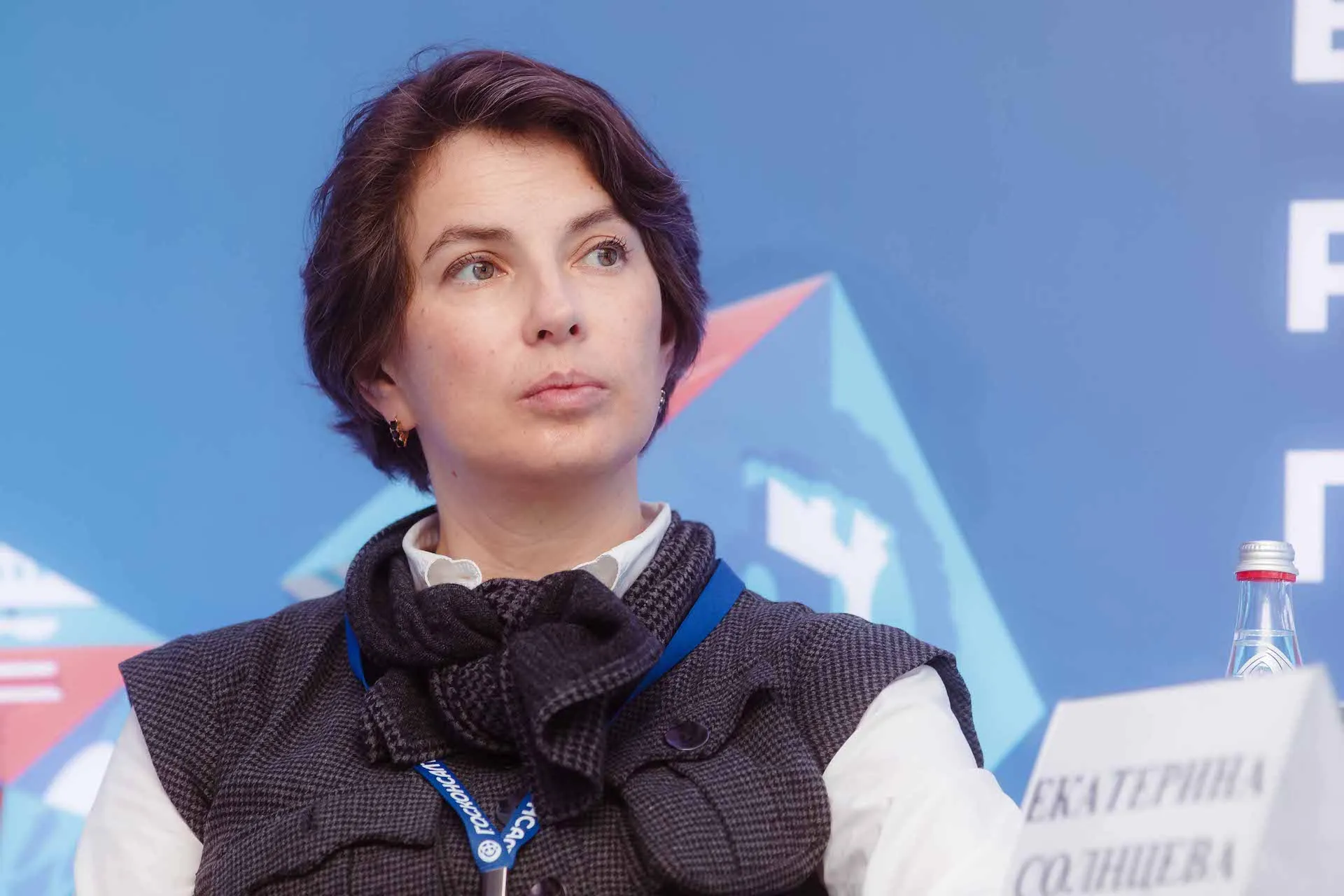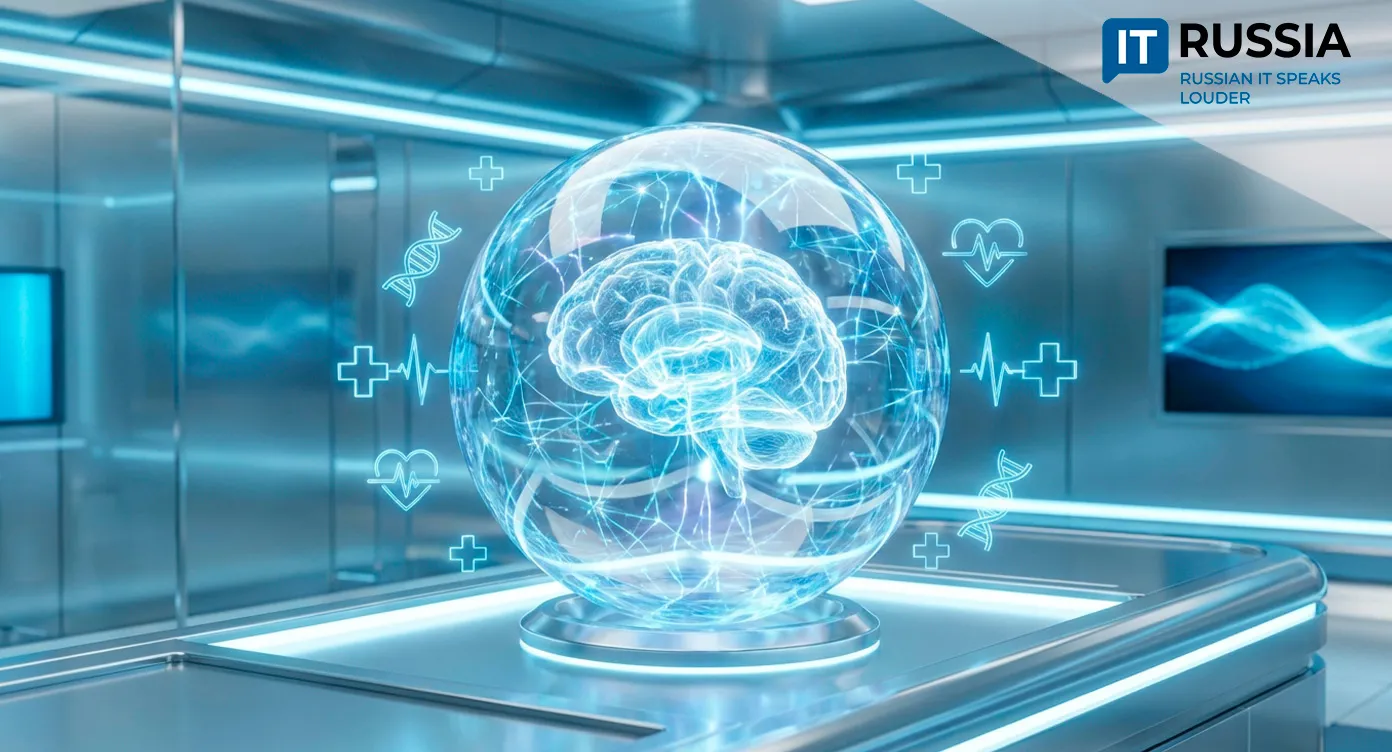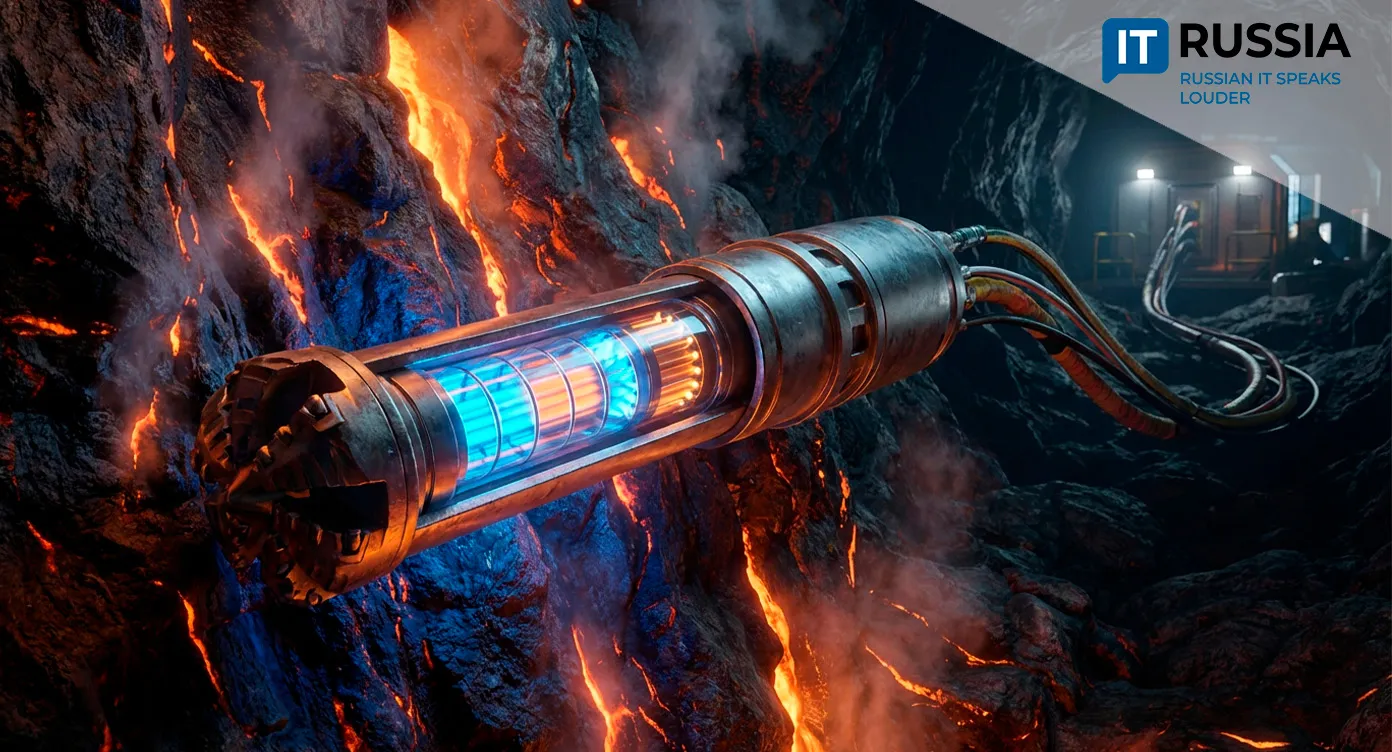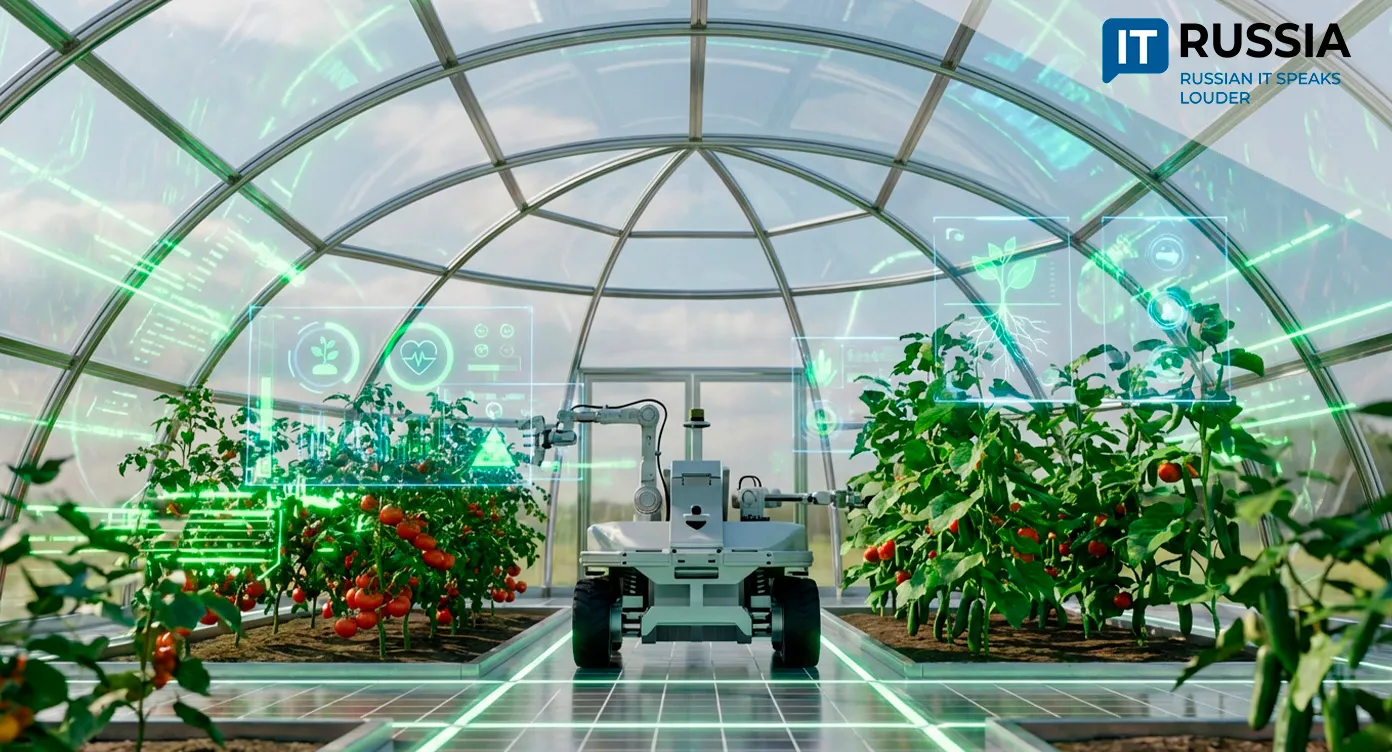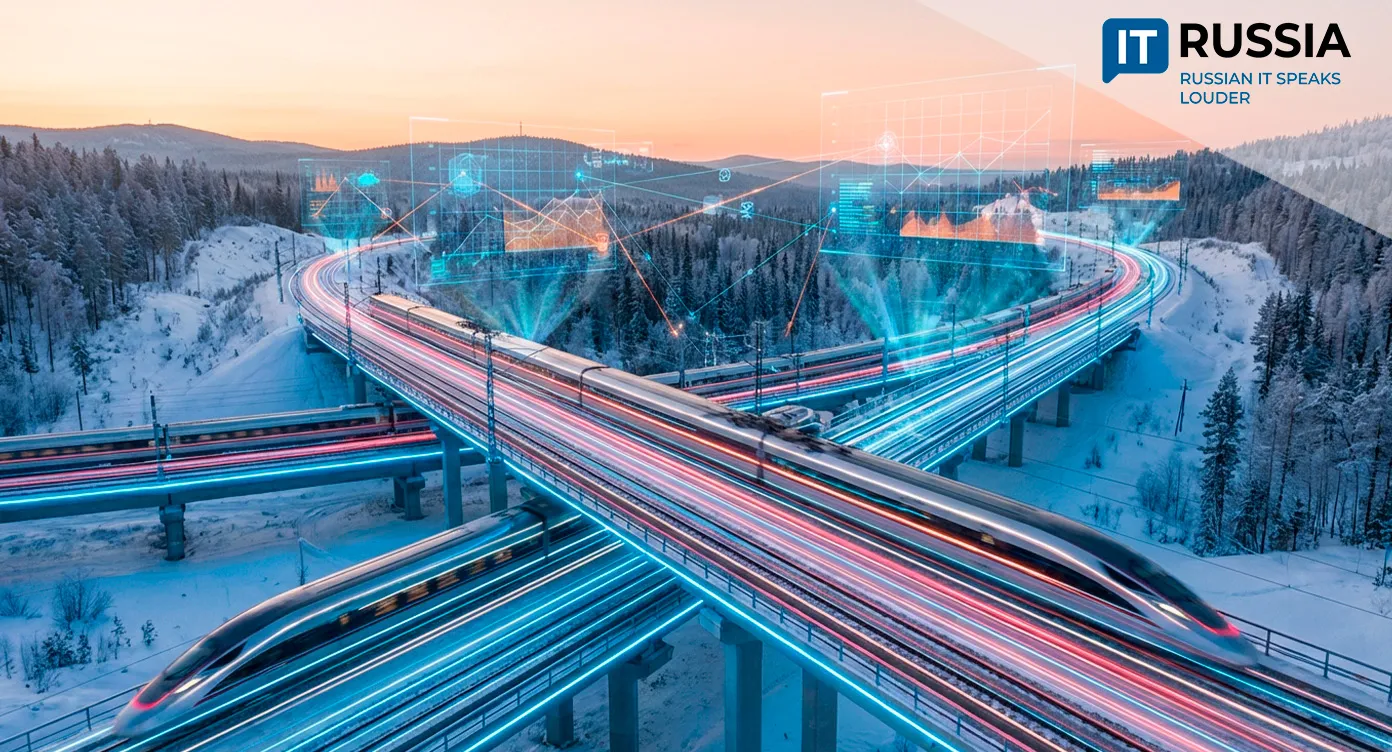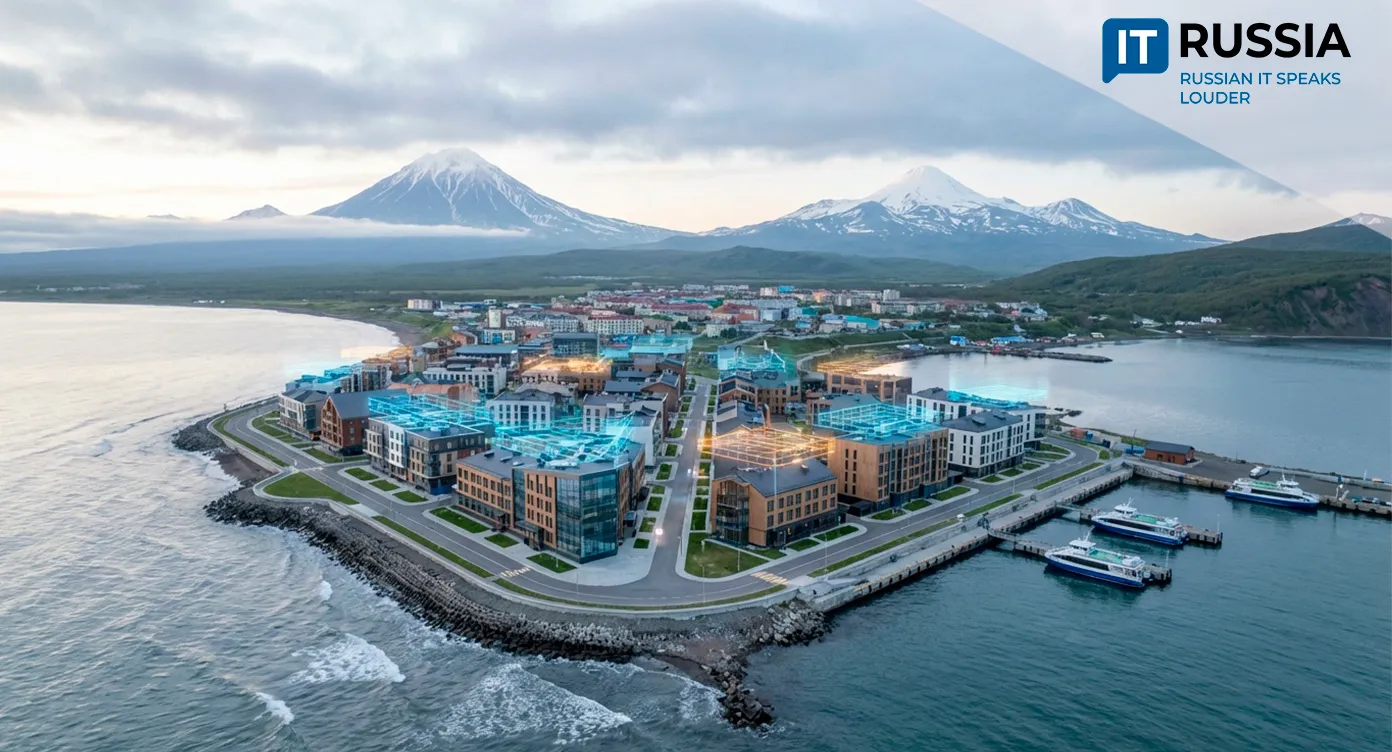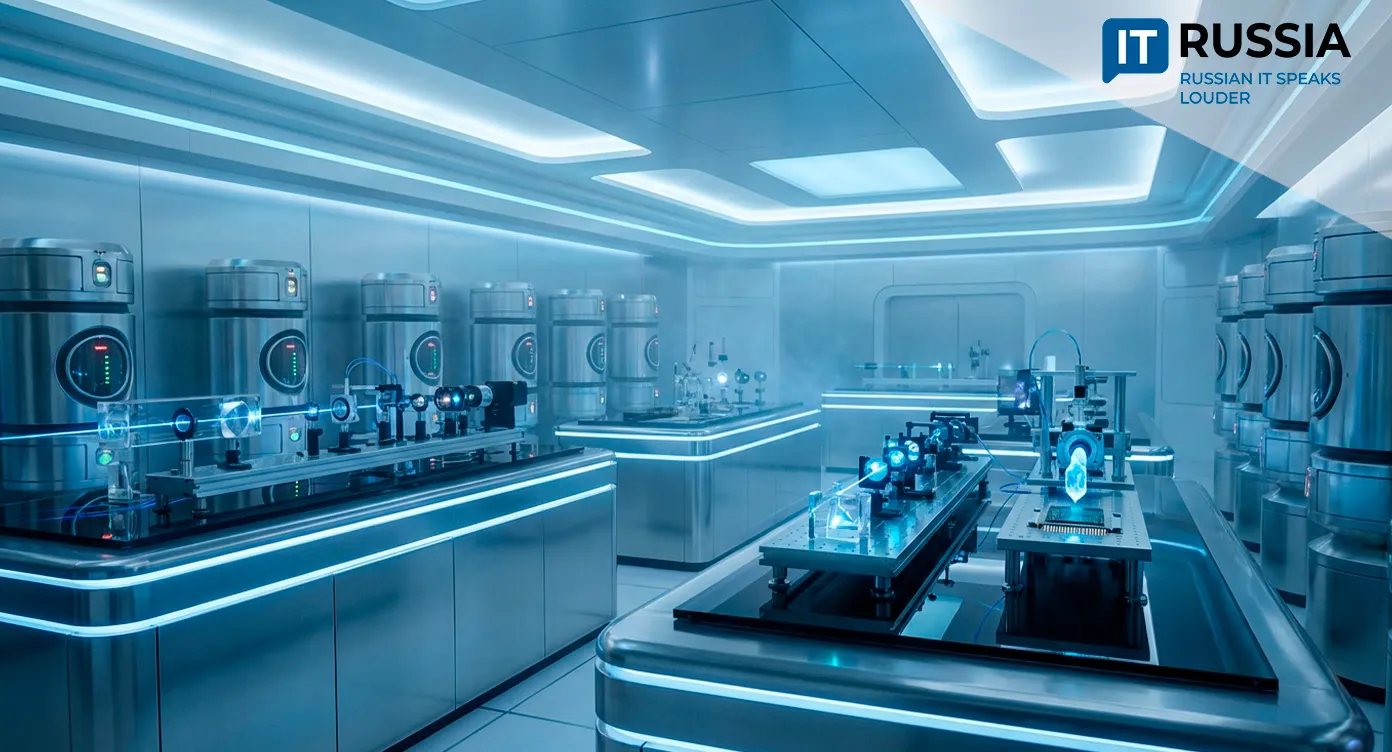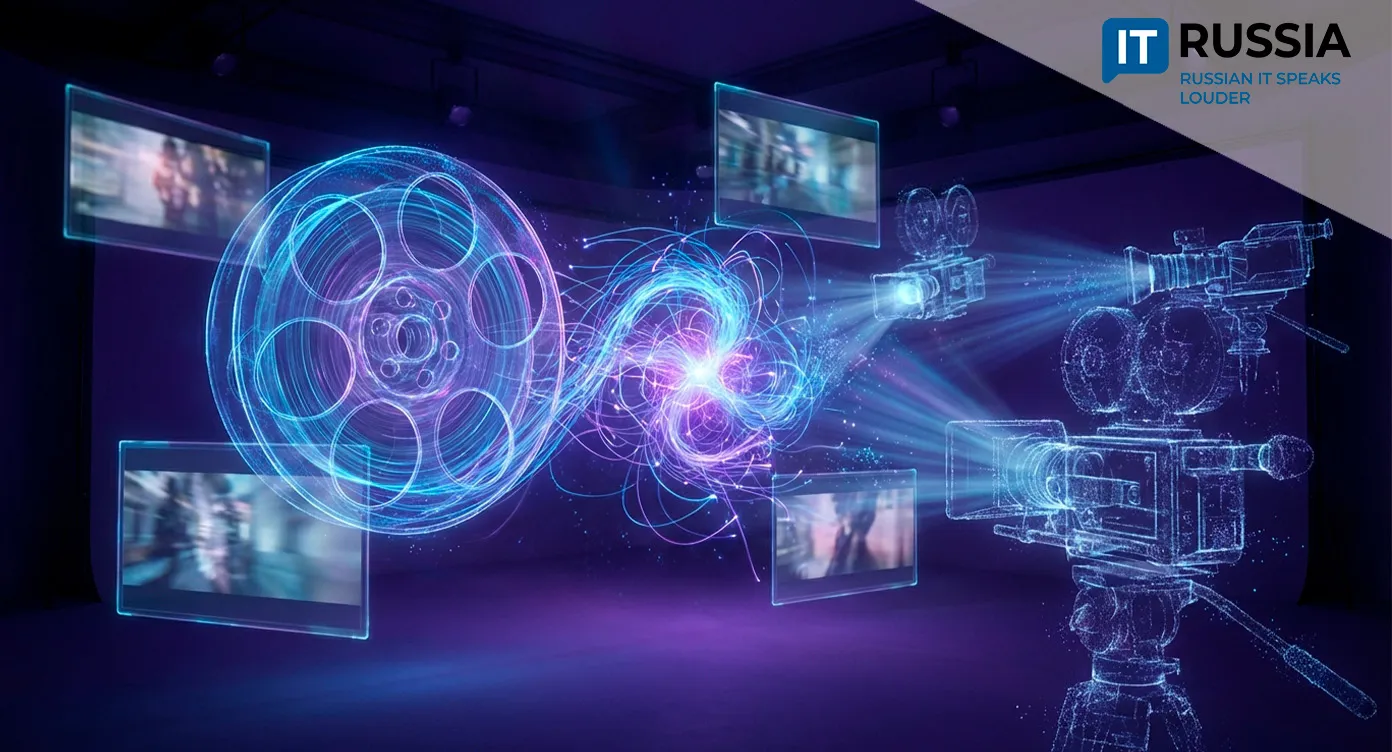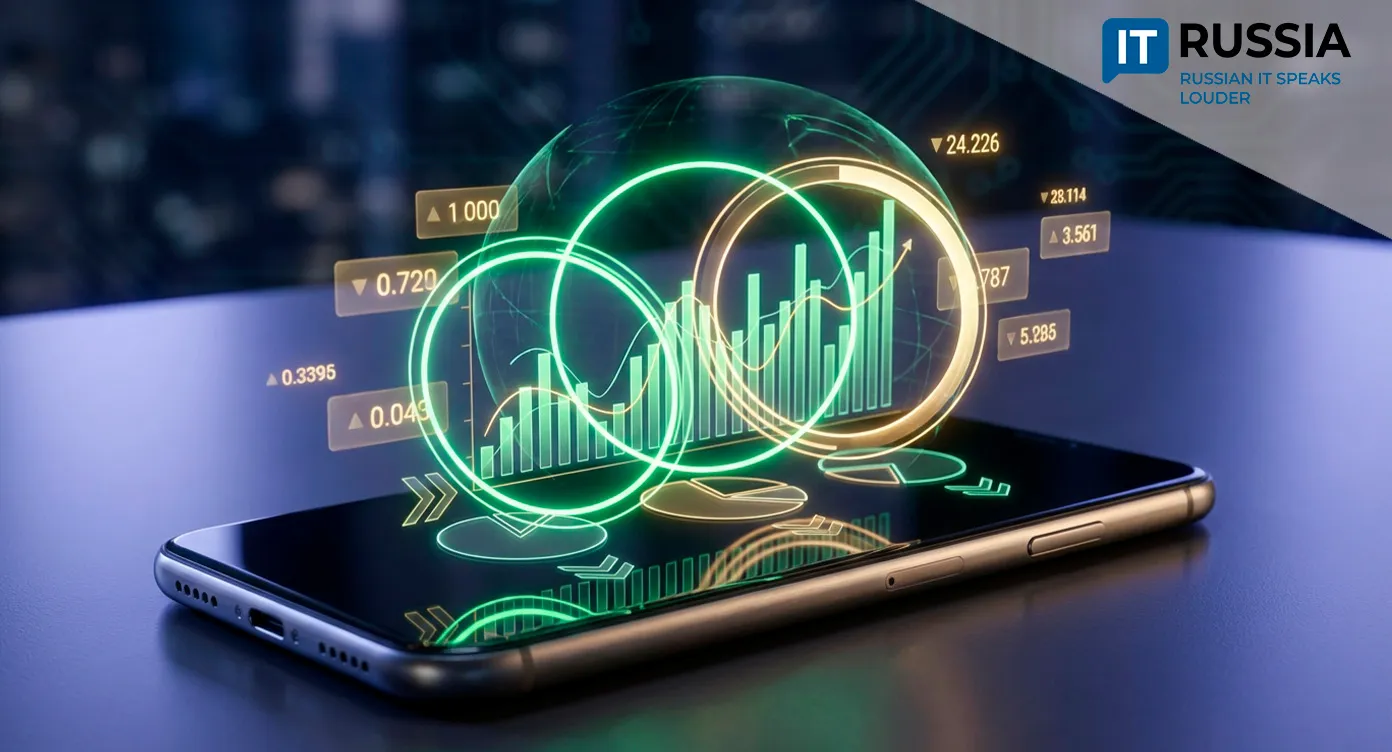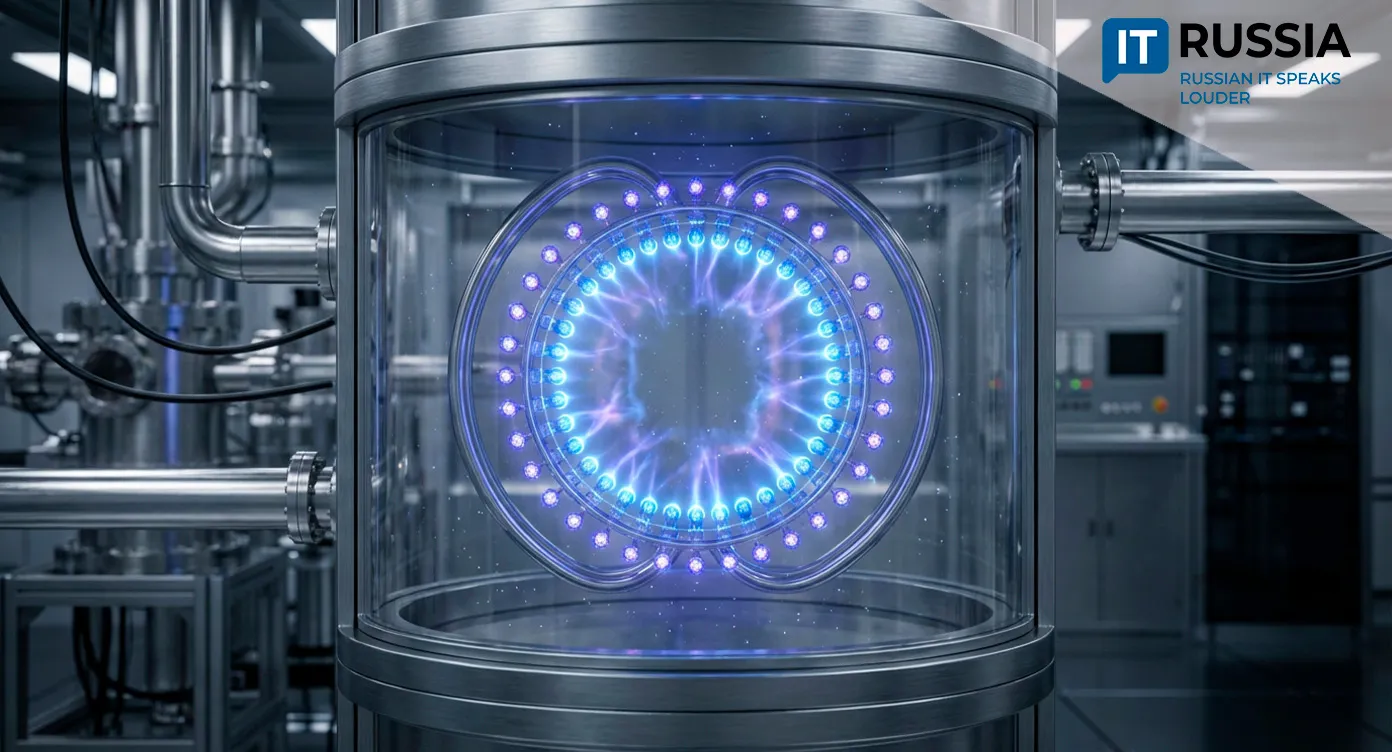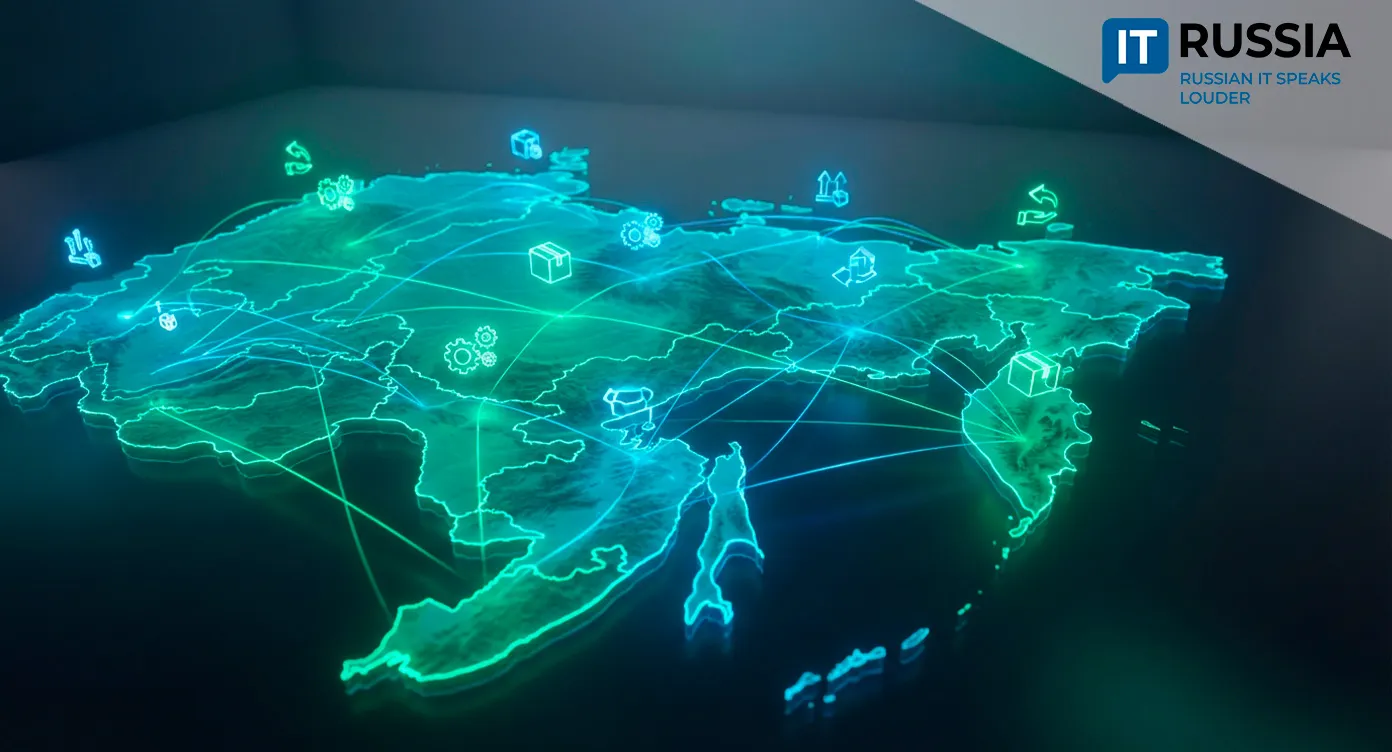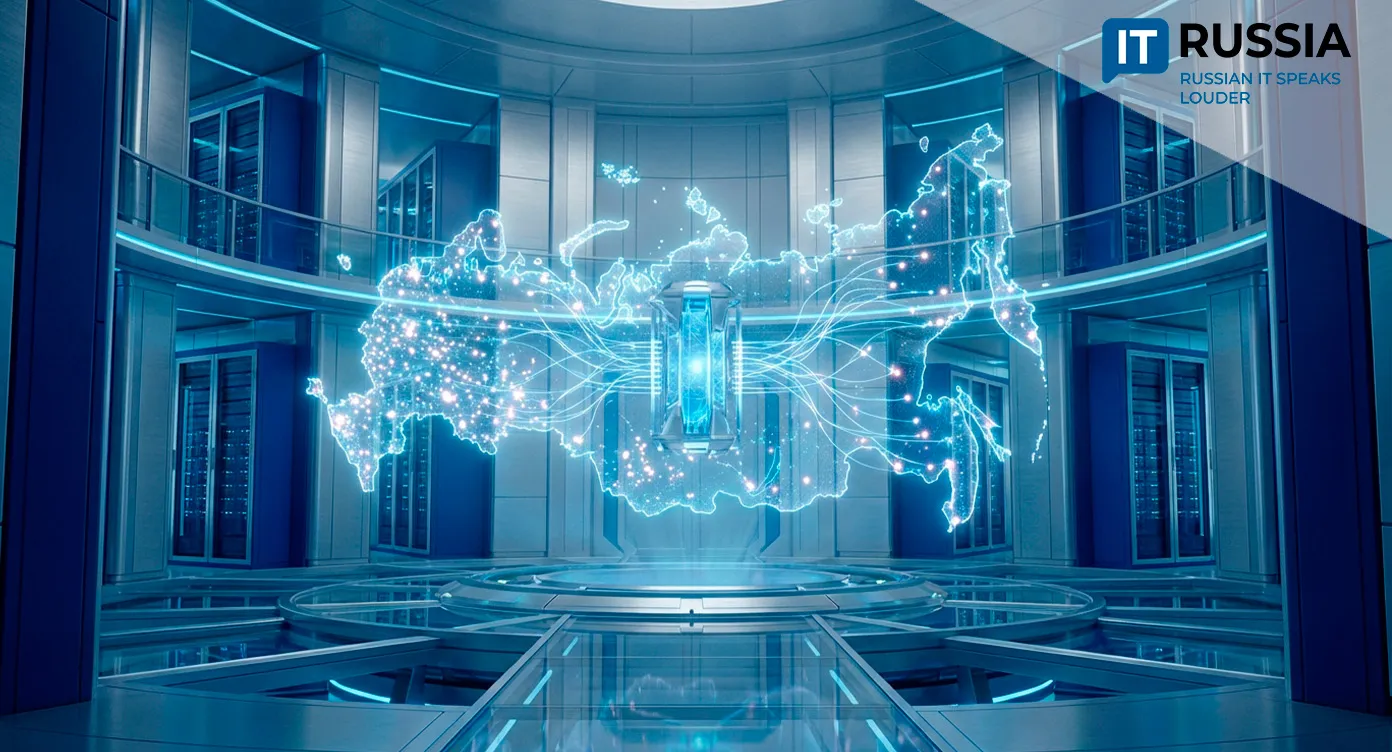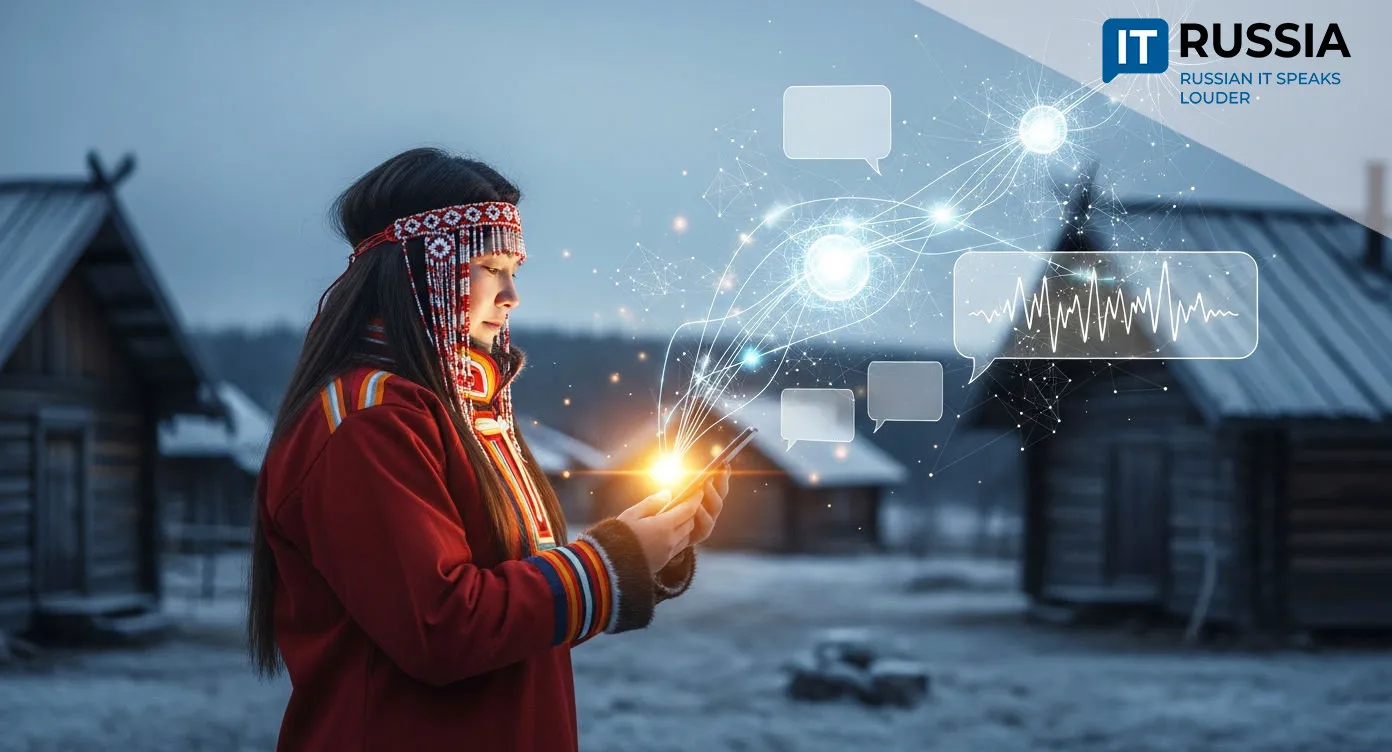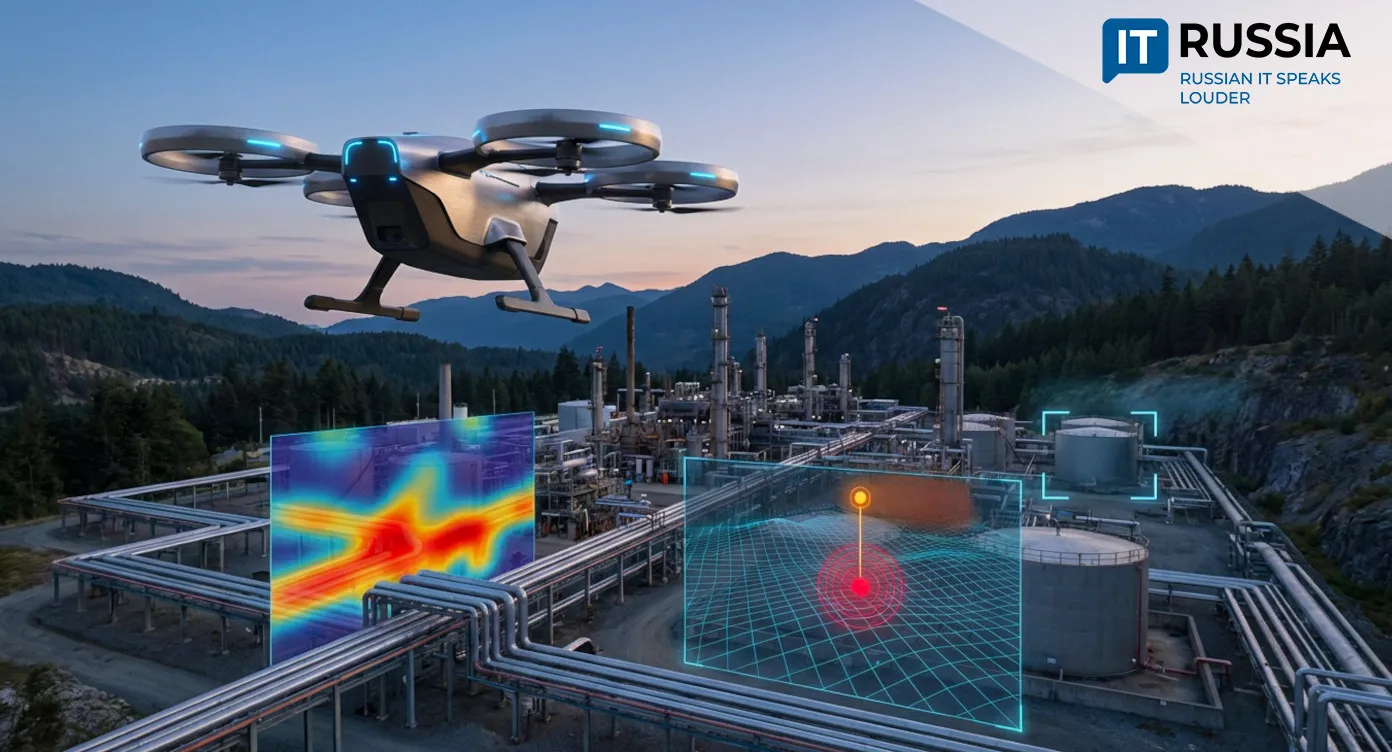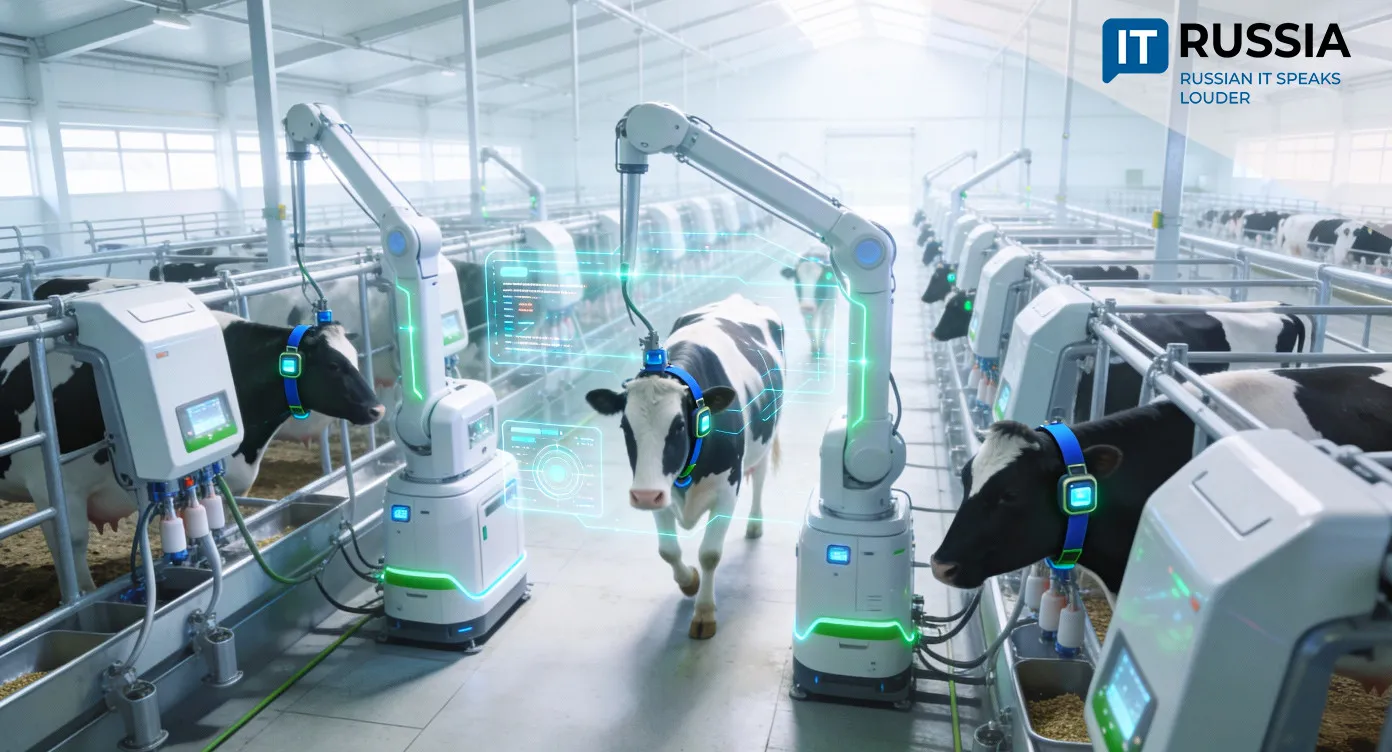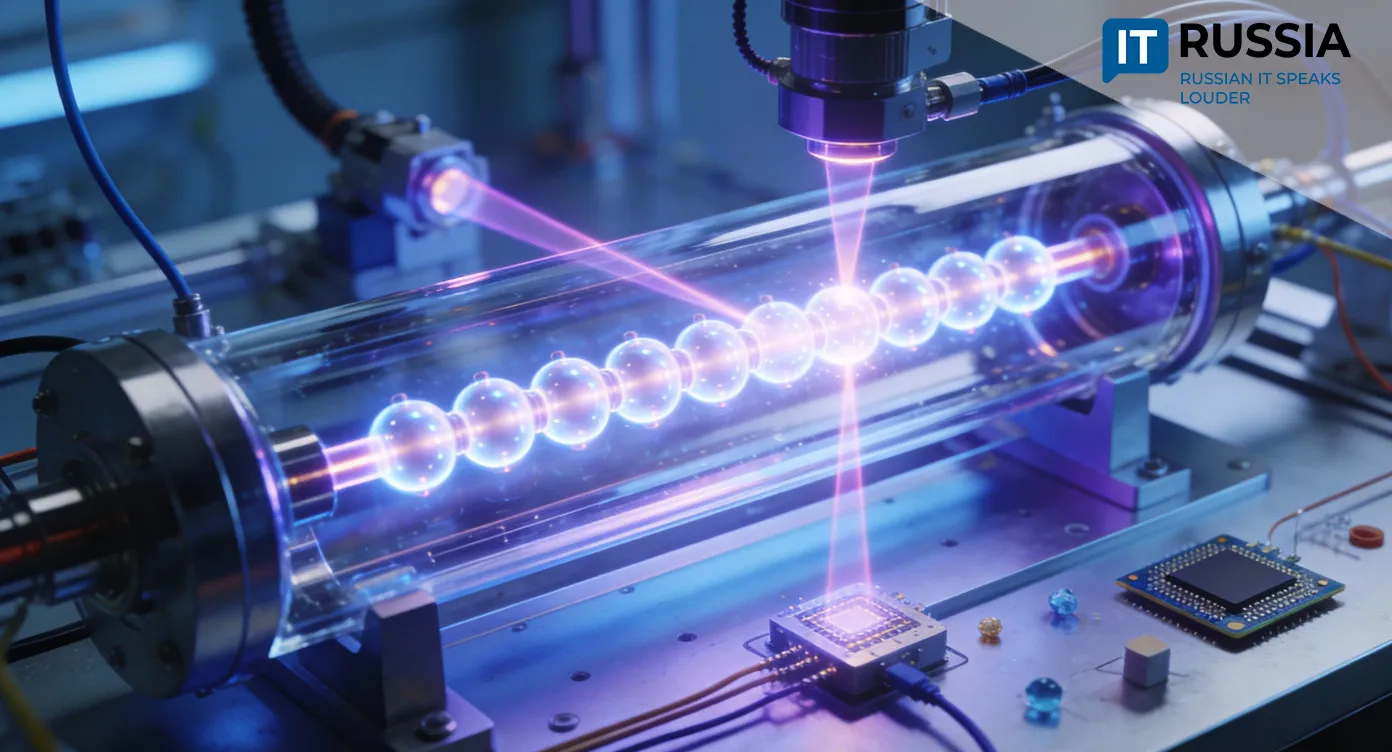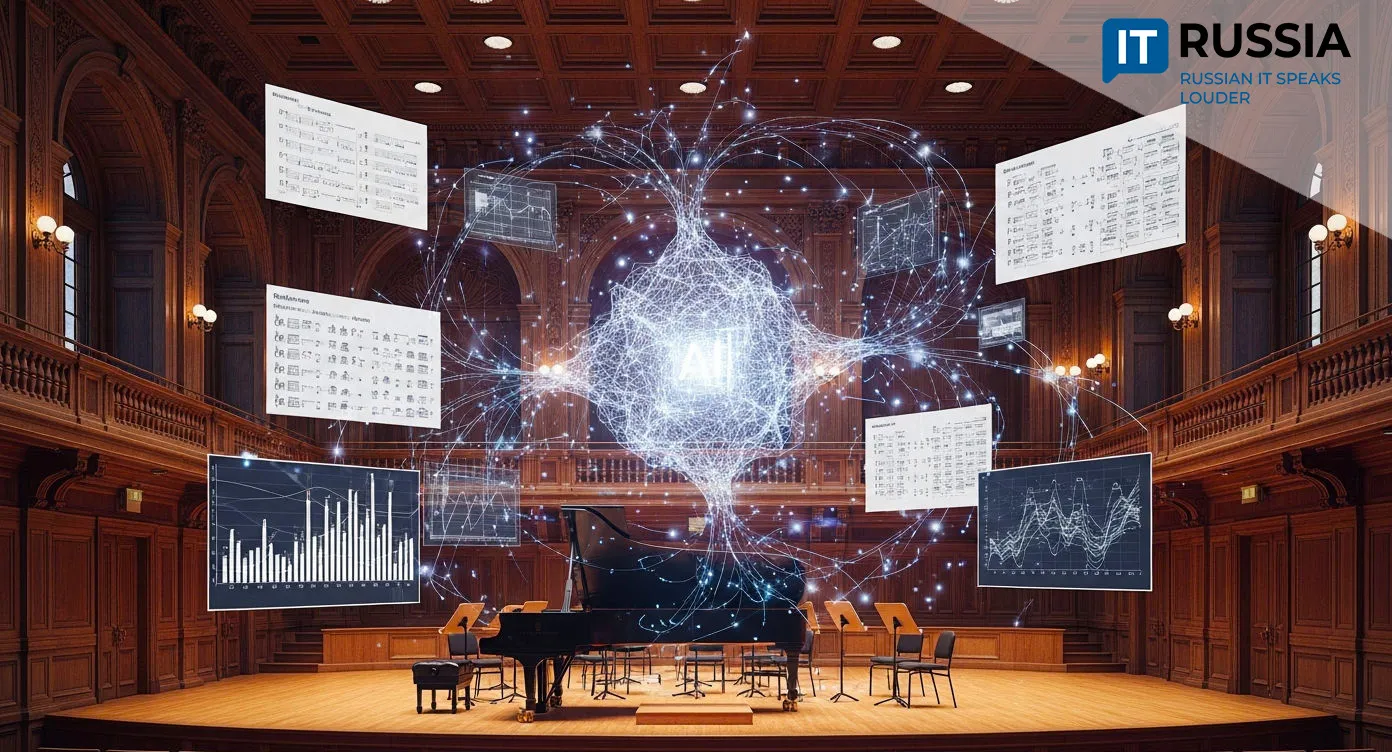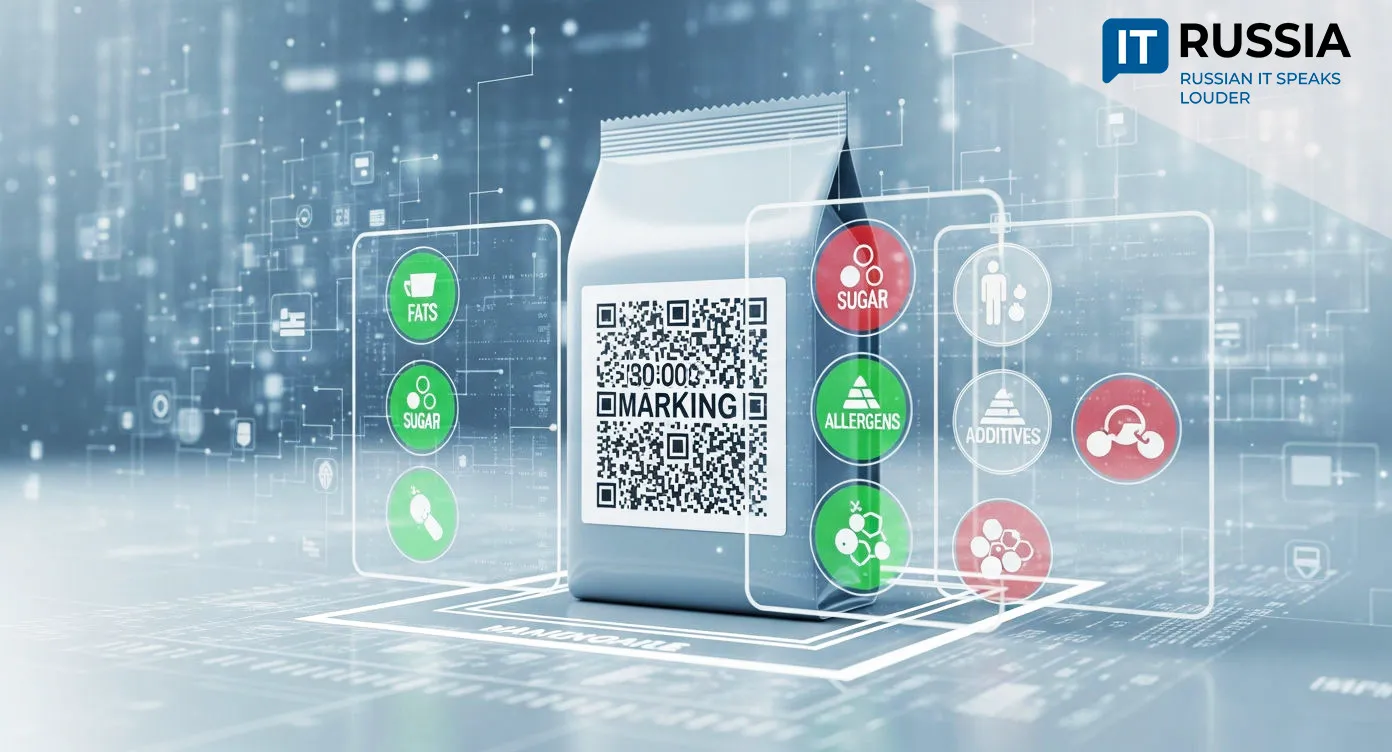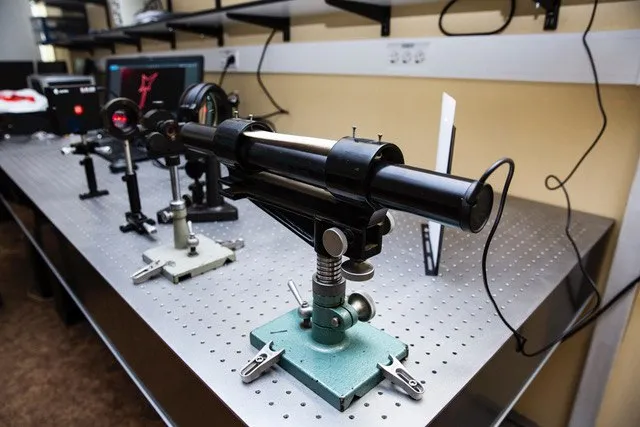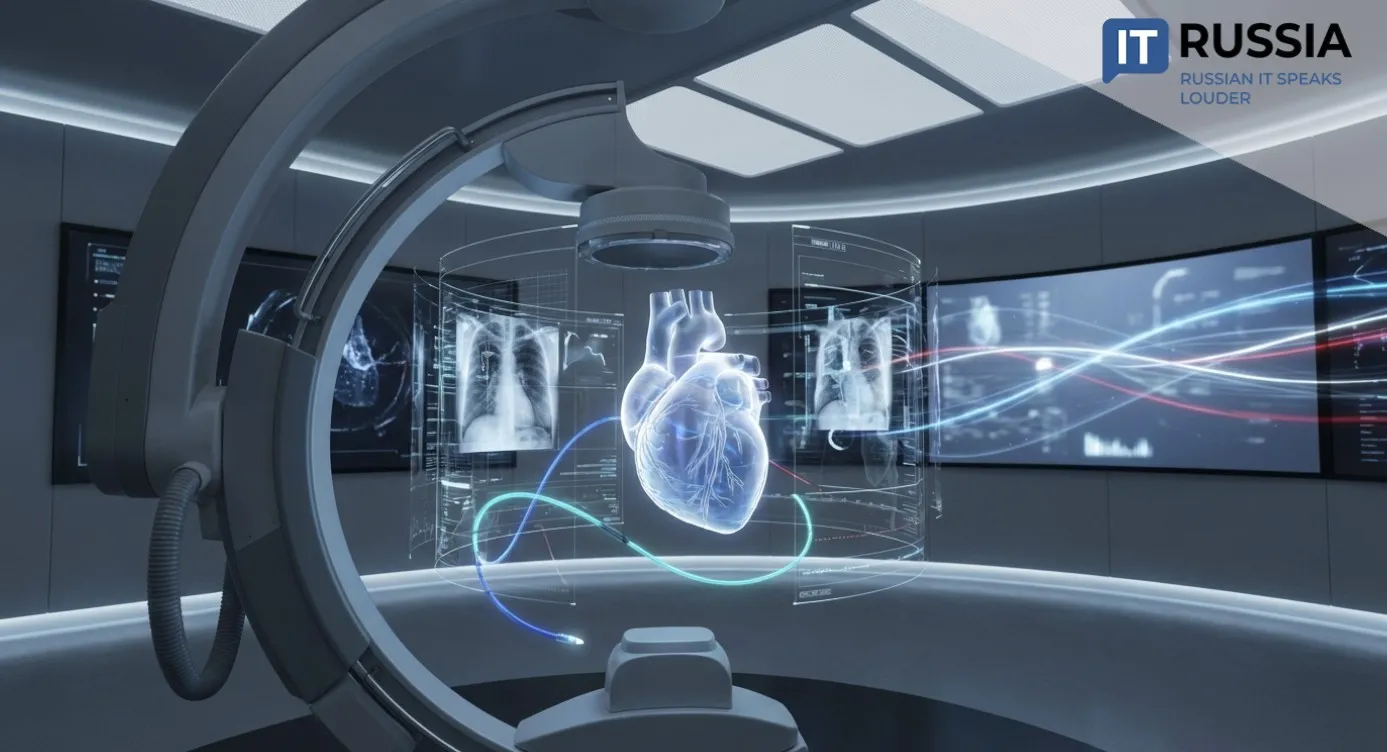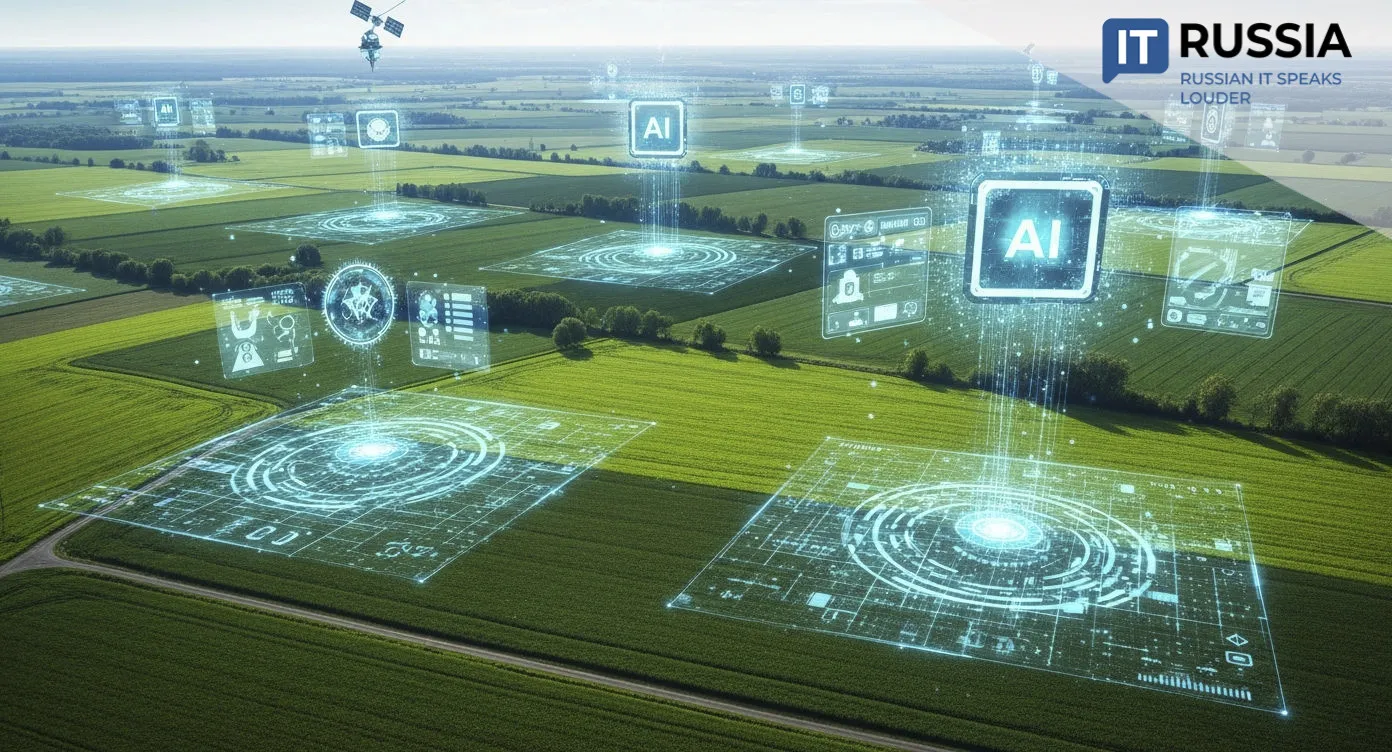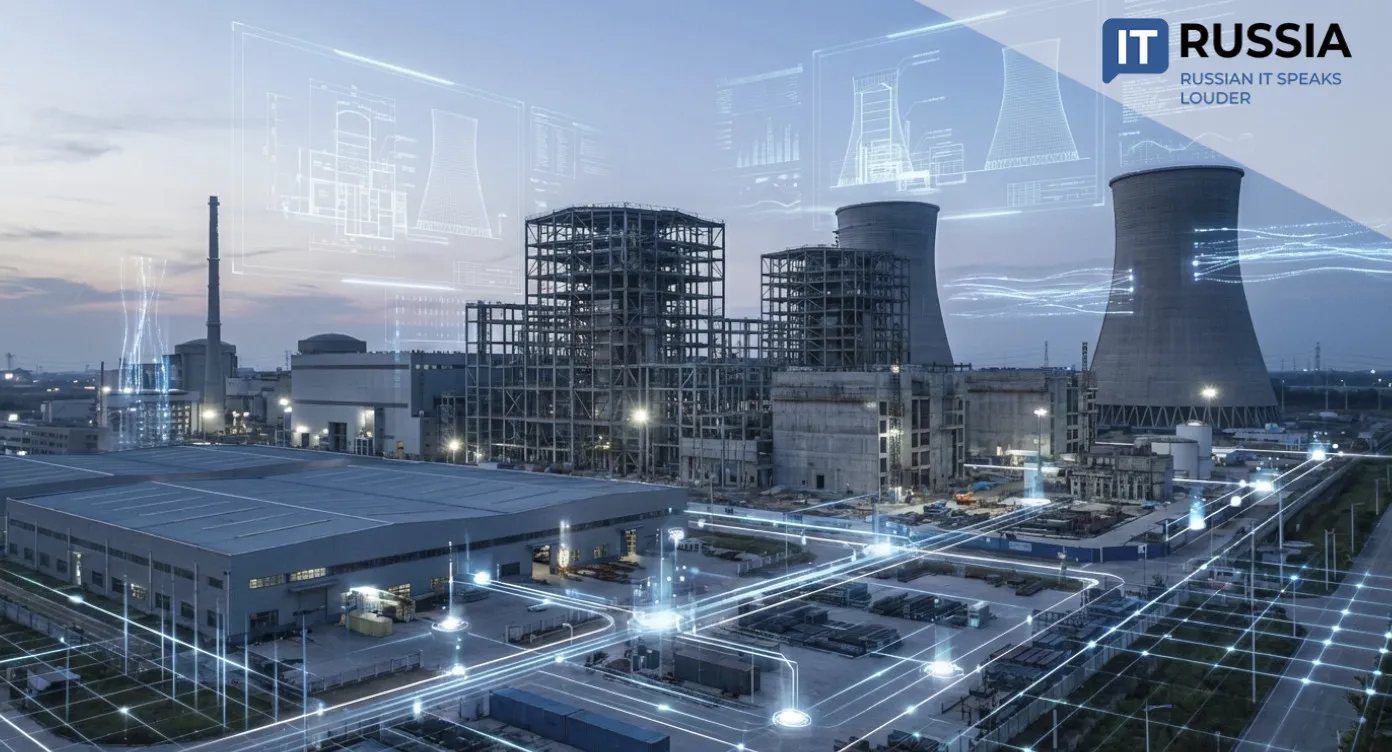Rosatom at InfoSpace: Technological Sovereignty Strategy Through 2030

At the InfoSpace 2025 forum on July 18, Rosatom presented its strategy for achieving technological sovereignty, centered on import substitution, digital twins, and deep integration of artificial intelligence (AI)
Import Substitution: Path to Independence
Rosatom is shifting to Russian-developed software in line with schedules from the Ministry of Energy and the Ministry of Digital Development. In 2024, 97% of software purchases were domestic, and 85% of software in use was Russian-made. The 2027 target is 95%. More than 150,000 workplaces have been migrated to domestic IT solutions, including the Unified Industry Electronic Document Management System and the "REKORD" HR platform—fully independent from foreign technologies.
Critical Information Infrastructure (CII) facilities have already completed a 100% transition to Russian software within the timelines set by Presidential Decree No. 166 on information security. The process has been built at the state, corporate, and divisional levels.
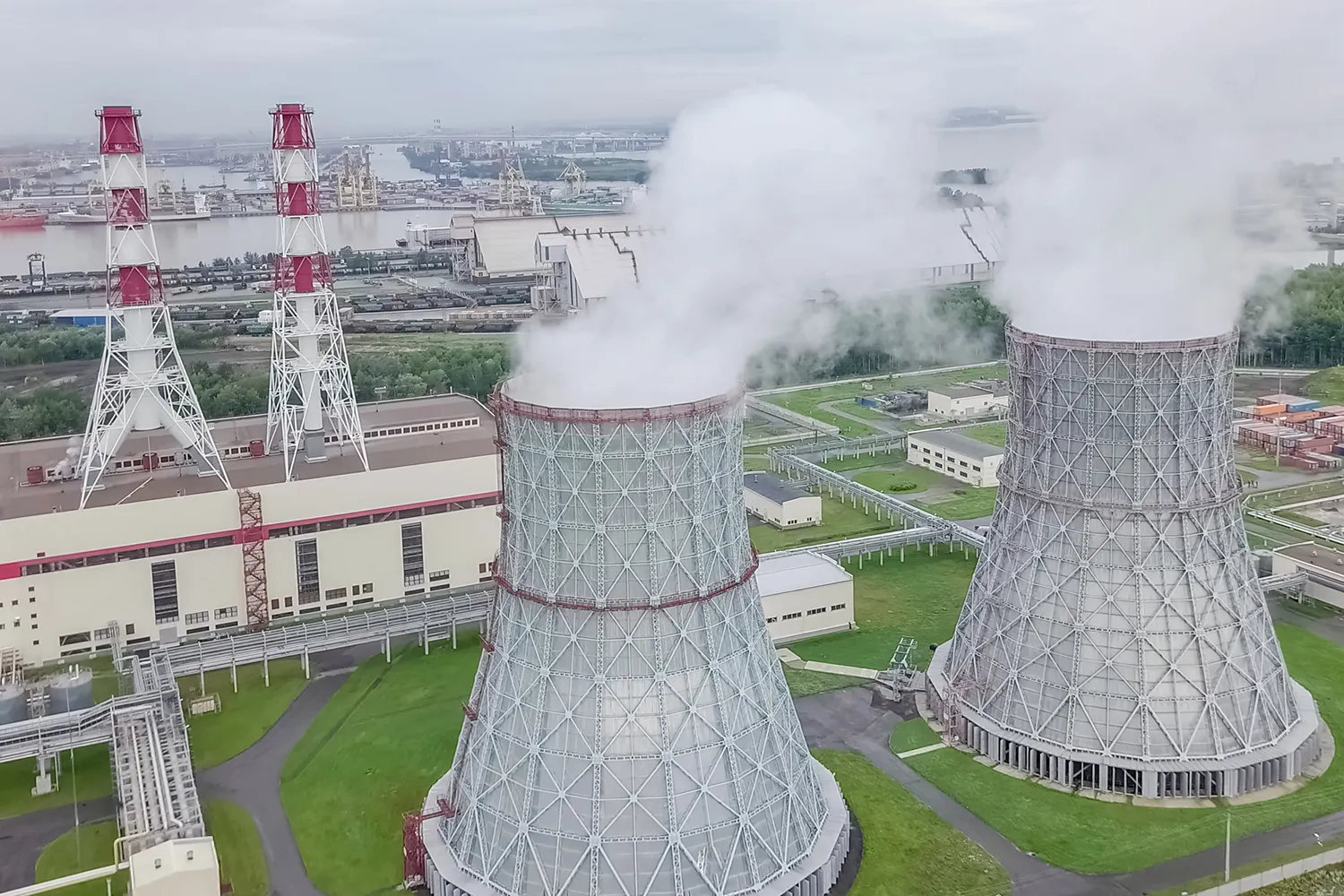
Rosatom operates five data centers through AtomData with a combined capacity of 93 MW. Integration of these data centers with nuclear power plants, initiated in 2018 at the Kalinin NPP, ensures stable power supply. The "Smart City" platform is being implemented across Russian regions to optimize municipal management.
Digital Twins: Optimizing Operations and Safety
Digital twins are a cornerstone of Rosatom’s strategy, enabling the simulation of processes from design through operation of nuclear facilities. The Multi-D platform creates virtual NPP models, cutting design time by 20–30% and minimizing errors.
Multi-D has been successfully deployed at the Rostov NPP in Russia and the Ostrovets NPP in Belarus, meeting international standards. The Logos software suite is used at 70 enterprises in the energy, aerospace, and mechanical engineering sectors, modeling aerodynamics, heat transfer, and structural integrity. Digital twins also enable the analysis of emergency scenarios, enhancing safety and reducing testing costs.
Artificial Intelligence: Cross-Sector Integration
AI is being embedded across Rosatom’s production and operational processes. By 2030, AI technologies will be applied to most operations at nuclear plants, including predictive analytics and quality control—already reducing maintenance costs by 10% and boosting productivity by 5%.

Nuclear plants provide data centers with low-carbon energy, while AI optimizes their performance. Platforms such as Atom.Poisk and Atom.Oko accelerate data search and processing, with deployments already underway in projects in Egypt and Turkey. AI is viewed as a cross-cutting driver of digital transformation, working synergistically with other technologies.
Radiochemistry and Emerging Priorities
Rosatom is advancing radiochemistry technologies, highlighted during a strategic session on July 26, 2025, at the V.G. Khlopin Radium Institute in St. Petersburg. Discussions focused on reprocessing spent nuclear fuel (SNF) for dual-component nuclear energy systems. Supported by the Russian Academy of Sciences and the Kurchatov Institute, these initiatives are integrated into the national project "New Nuclear and Energy Technologies."
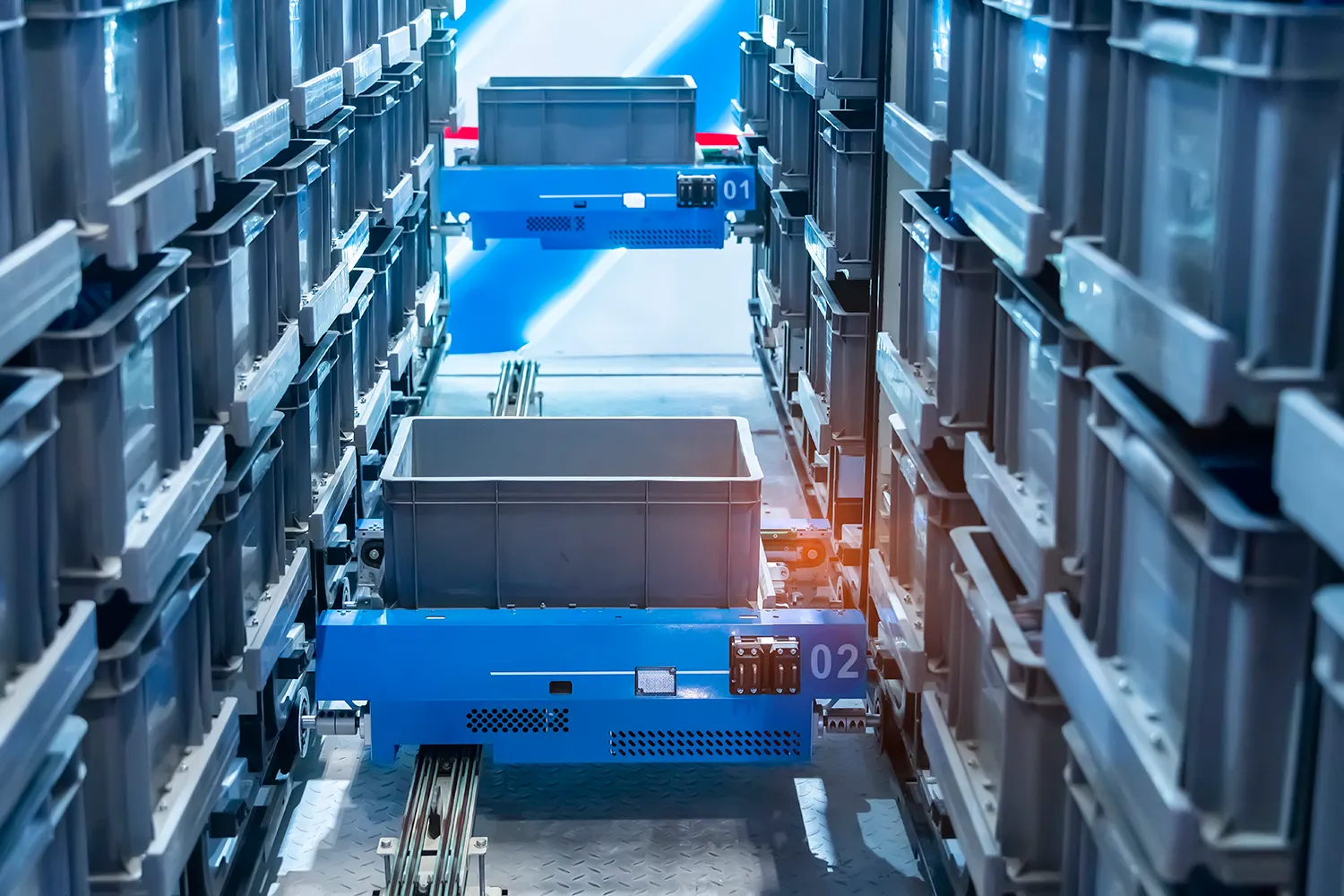
A Look Back and Forward
Rosatom’s digital strategy began in 2018 with the deployment of Multi-D at the Rostov NPP. In 2023, a prototype quantum computer was created, followed in 2024 by a 50-qubit ion-based computer.
By 2030, Rosatom aims to increase revenue from digital assets tenfold, expanding into additive manufacturing, nuclear medicine, and renewable energy.
Outlook
The strategy presented at InfoSpace 2025 confirms Rosatom’s position as a leader in technological sovereignty. By 2030, Rosatom aims to be among the world’s top 10 leaders in digital technologies, strengthening Russia’s position in the global market.


